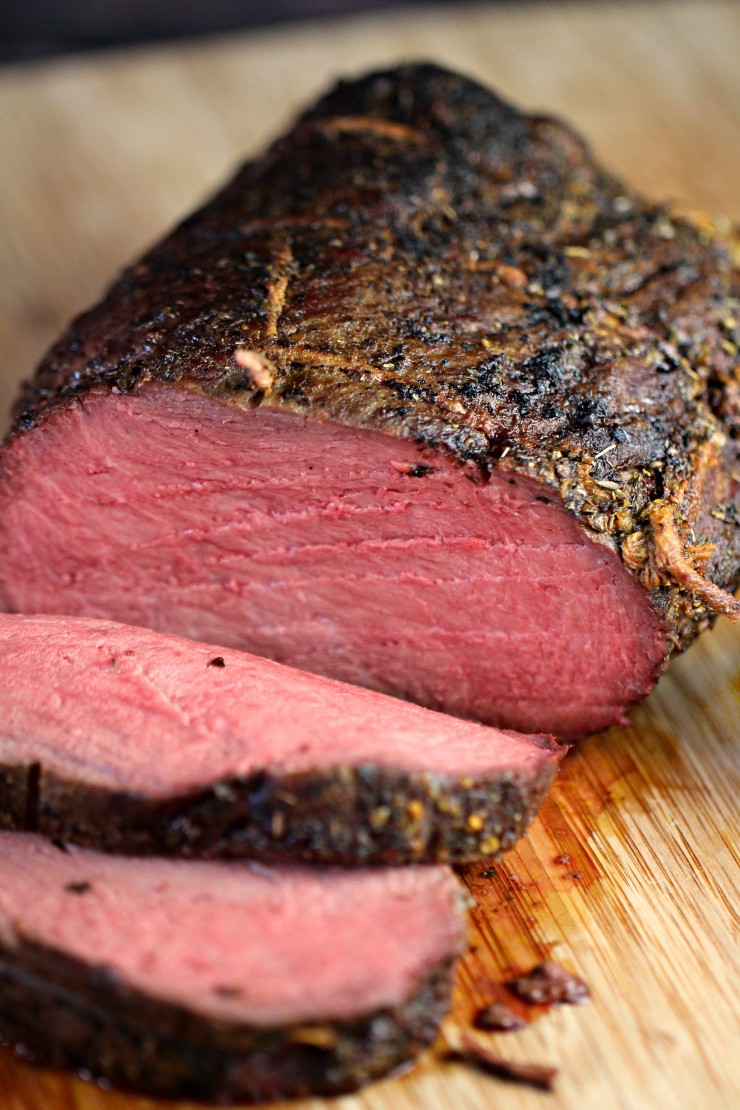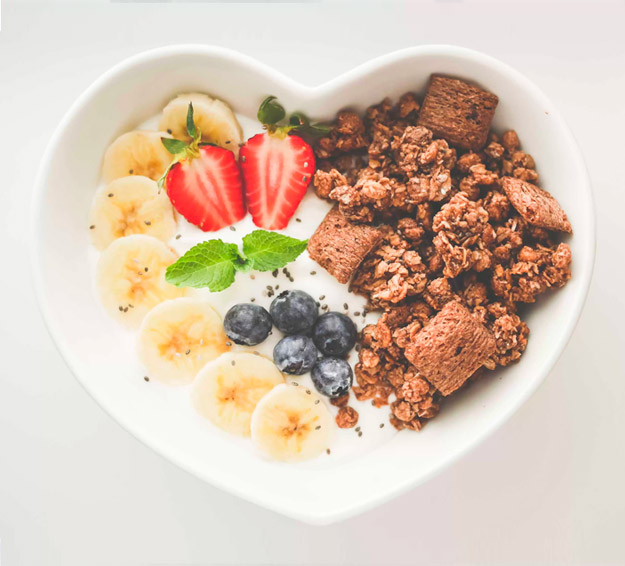One of the best tricks I use with clients to help them stick to their meal plans without feeling deprived is to find healthier substitutes for some of their ride or dies. Sure, they aren’t the same thing. But they’re definitely a great substitute for clients to enjoy while they work towards achieving their fitness goals. Heck, sometimes they may find they even like the healthier version just as much (bonus!) Whenever I’m trying to “healthify” a recipe I have a few tried and true methods I go to. The biggest trick here is to just get a little creative and think outside the box. Here are the 4 most common ways I’ll make a recipe meal plan friendly.

1. Add protein- Sometimes all that needs to do is find a way to add some extra protein to a meal that may be high in carbs and fat. This will make it a more balanced meal overall and will help keep full so that you don’t feel the need to eat such a large portion (and keep coming back for) of your favorite dish. You can add meat or tofu to a dish, top pancakes with some Greek yogurt, or try something new like edamame pasta or others that are made with legume or chickpea flour.

2. Find ways to reduce fat- While protein and carbs are only 4 calories per gram, fat packs a whopping 9 calories per gram. This means that it packs a big calorie punch and can put a huge dent in your calorie intake for the day with a very small portion size. Fat is essential to a well-balanced diet, but most eat it in excess, so finding ways to cut it out can significantly reduce your calorie intake for the day, leaving room for more food (yay!) Try swapping plain greek yogurt for sour cream, buying nonfat/light dairy options, and purchasing leaner cuts of meat like sirloin (remember loin=lean).

3. Add veggies as fillers- Adding vegetables to a meal is great for a lot of reasons. It makes your meal more nutrient dense, it adds more volume to your meal (which means you fill up faster), and it can add more diverse flavor. Finely chopped spinach can sneak into lasagna undetected by some of the pickiest eaters. Add peppers and onions to an omomeletnd top with some salsa. Zucchini can make its way into pancakes (yes, pancakes) and other pasta dishes. If you can find a way to add extra vegetables, do it!
4. Get familiar with spice cupboard– One of the biggest complaints I hear when making a recipe healthier is “Yeah but then it doesn’t have any flavor.” To be fair, yes, cutting the fat or sugar from a recipe is definitely going to affect the flavor of your food. That is where your spice cupboard comes in. Using fresh herbs and spices can significantly change and give amazing flavor to your food without affecting calories. If you aren’t sure where to start grab a couple spice blends and experiment. Eventually you’ll get an idea of what flavors go well with what and you can look and see what types of spices are in the blend. This is a true chef’s secret to unique and flavorful dishes.

We all have our favorite comfort foods that we love to indulge in. Every once in awhile, it’s great to enjoy those foods in all their calorie filled glory. But let’s face it; those family favorite recipes rarely fit into a healthy meal plan when you’re trying to lose weight. Next time you’re really craving your go-to comfort food try using one of these methods to move it up a little higher on the health scale.








